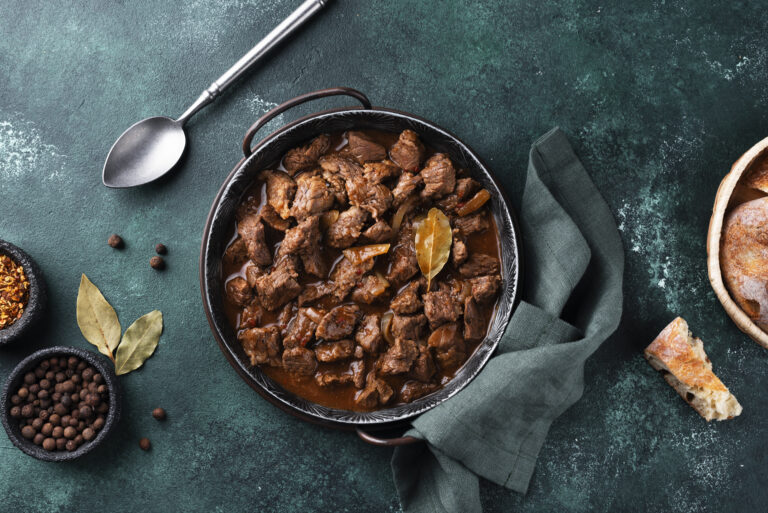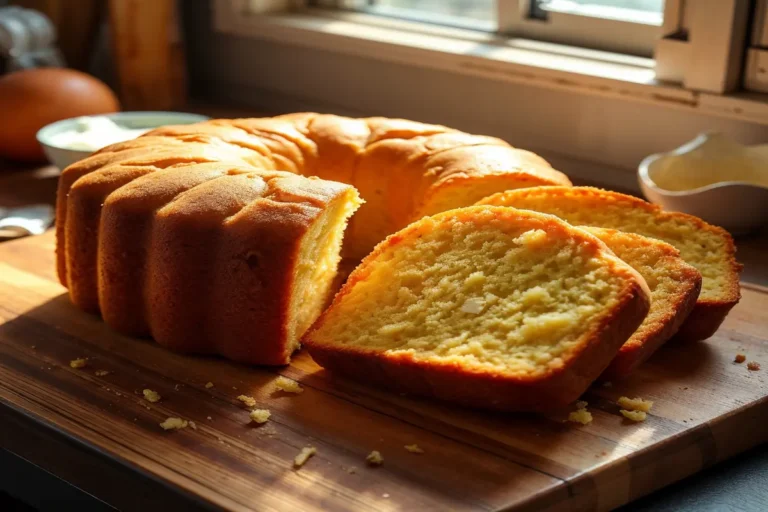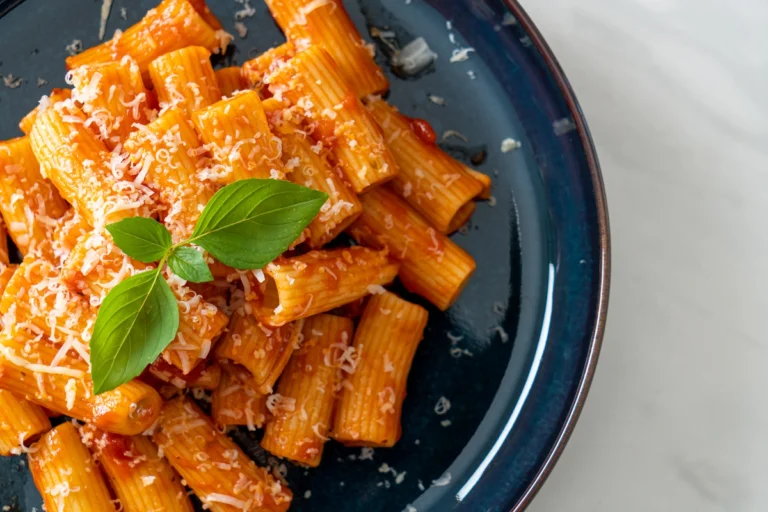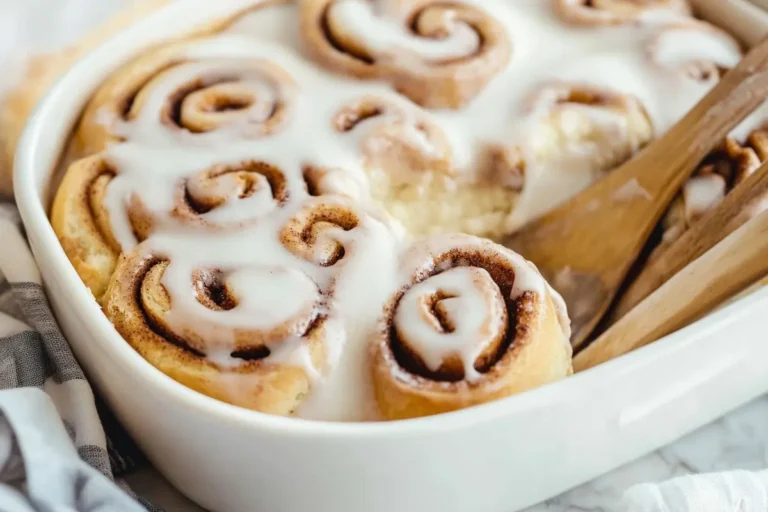Hibachi Sauces Guide: What Sauce is Hibachi Cooked In?
Hibachi Sauces Guide:
Introduction to Hibachi Cooking
Welcome to our Hibachi Sauces Guide, where we explore the essential sauces that make hibachi dishes so delicious. Hibachi cooking, a popular style of Japanese cuisine, captivates food lovers around the world. It involves grilling meat, seafood, and vegetables over an open flame, creating a delightful mix of flavors. The key to hibachi’s deliciousness lies not only in the grilling technique but also in the variety of sauces that enhance each dish. This guide will help you understand the role of these sauces and how to use them in your own cooking.
If you’re interested in trying hibachi at home, you should explore this comprehensive guide on how to make hibachi chicken at home. This guide will walk you through the essentials of preparing one of the most popular hibachi dishes.
The Essential Sauces in Hibachi Cooking
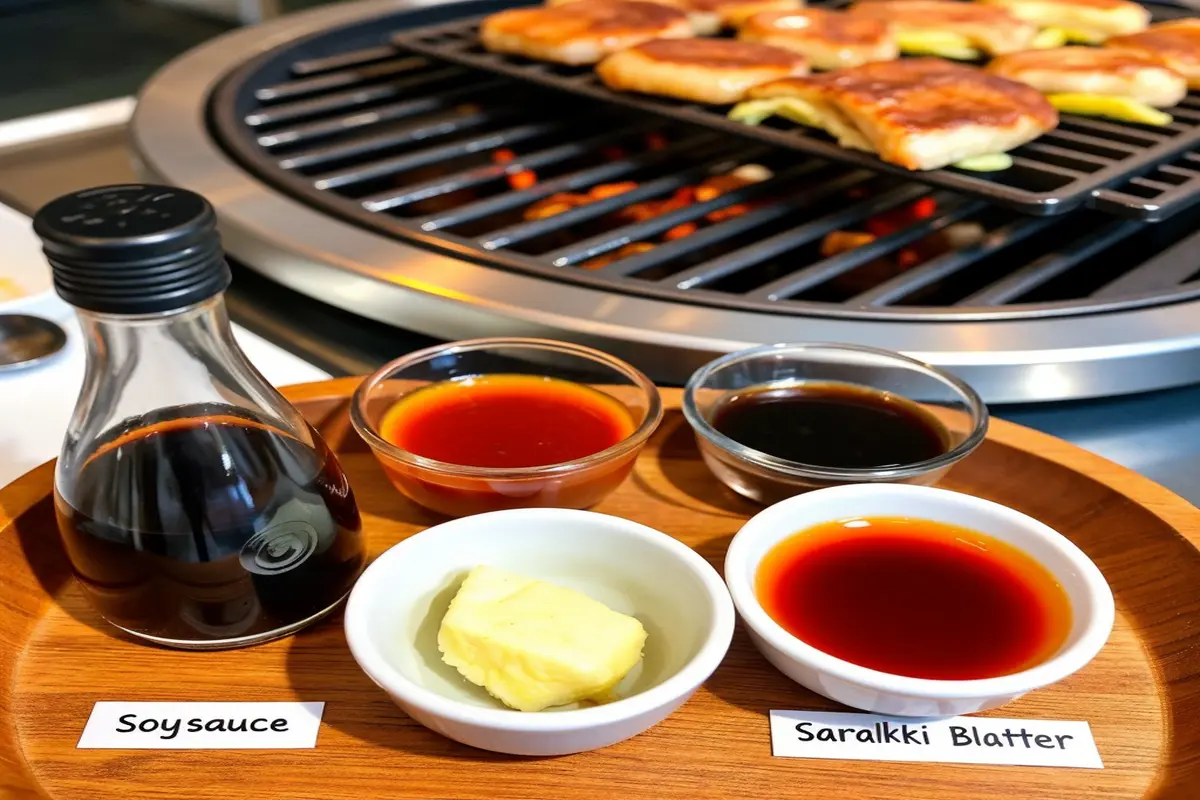
Soy Sauce: The Heart of Hibachi Flavor
Soy sauce is a cornerstone of hibachi cooking. It provides a savory, umami-rich base that enhances the natural flavors of the ingredients. Typically, this versatile sauce combines with garlic, ginger, and mirin to create complex, layered flavors. Furthermore, soy sauce is indispensable in many hibachi dishes, from meats to vegetables.
For those looking to delve deeper into hibachi’s seasoning secrets, you will find that this hibachi seasoning guide offers valuable insights into the key spices and seasonings that complement these sauces.
Teriyaki Sauce: A Perfect Blend of Sweet and Savory
In hibachi cooking, teriyaki sauce plays a crucial role. Known for its sweet and savory flavor, this sauce is typically made with soy sauce, sugar, and mirin. It adds a rich, caramelized glaze to meats, making it a favorite in hibachi cuisine. Additionally, teriyaki sauce can elevate the flavors of various dishes, especially when applied towards the end of cooking.
To learn more about the flavors that make hibachi so irresistible, you should check out this article on hibachi flavor secrets. It explains how sauces like teriyaki contribute to the overall taste experience.
Ginger Sauce: A Tangy and Refreshing Addition
Ginger sauce offers a sharp, tangy flavor that pairs well with hibachi dishes. Made from fresh ginger, soy sauce, and rice vinegar, this sauce complements lighter proteins such as chicken and seafood. Its vibrant taste provides a refreshing contrast to richer flavors. Moreover, ginger sauce brings a zesty element to the meal, making it a staple in hibachi cuisine.
Specialty Hibachi Sauces
Mustard Sauce: Bold and Spicy
For those who enjoy a bit of heat, mustard sauce adds a spicy kick to hibachi dishes. It is typically made with mustard, soy sauce, and a touch of wasabi. This bold sauce pairs exceptionally well with grilled beef and pork, balancing the richness of the meat. In fact, mustard sauce can transform a simple dish into something extraordinary.
Garlic Butter Sauce: Rich and Flavorful
Additionally, garlic butter sauce is a must-have in hibachi cooking. This simple yet flavorful sauce is created by melting butter with minced garlic. Often, it is drizzled over vegetables, seafood, and rice, adding a luxurious, buttery finish. Consequently, garlic butter sauce enhances the overall flavor and richness of the dish.
Sesame Oil: A Nutty Aroma
Finally, sesame oil frequently serves as a finishing oil in hibachi cooking. Its nutty aroma and rich flavor add an extra dimension to the dish, enhancing the overall experience. Whether drizzled over cooked rice or used in a marinade, sesame oil is a versatile addition. Furthermore, it complements the other sauces, creating a well-rounded flavor profile.
For those interested in the health benefits of sesame oil, it’s worth exploring its various advantages. You can read more about it here: Benefits of Sesame Oil.
How Sauces Influence the Cooking Process
Hibachi sauces do more than just add flavor; they play a crucial role in the cooking process. For instance:
- Soy Sauce: Chefs often add soy sauce at the beginning to season the ingredients, allowing the flavors to penetrate deeply.
- Teriyaki Sauce: Typically, chefs apply teriyaki sauce towards the end of cooking to create a caramelized glaze.
- Garlic Butter Sauce: This sauce is used as a finishing touch to add richness and depth to the dish.
These sauces interact with the ingredients, enhancing their natural flavors and ensuring a well-balanced dish. Consequently, the timing and application of these sauces are critical to achieving the perfect hibachi flavor.
DIY Hibachi Sauces at Home
Creating hibachi sauces at home allows you to enjoy the restaurant experience in your own kitchen. Here are some simple recipes:
- Soy Sauce Mix: Combine soy sauce with a bit of sugar and mirin for a basic hibachi sauce.
- Teriyaki Sauce: Mix soy sauce, sugar, and mirin, then simmer until it thickens.
- Ginger Sauce: Blend fresh ginger, soy sauce, and rice vinegar.
- Yum Yum Sauce: Mix mayonnaise, tomato paste, sugar, and paprika for a creamy, slightly sweet sauce.
These homemade sauces can be adjusted to suit your taste, allowing you to create the perfect flavor profile for your hibachi meals. Additionally, experimenting with these recipes can help you discover new and exciting flavor combinations.
Pairing Sauces with Hibachi Dishes
Pairing sauces with different hibachi dishes can greatly enhance your dining experience. Here are some recommendations:
- Chicken: Best with yum yum sauce or ginger sauce.
- Steak: Pairs well with teriyaki sauce or mustard sauce.
- Seafood: Complements well with garlic butter or sesame oil.
- Vegetables: Shine with soy sauce or a light ginger sauce.
For more on why hibachi chicken tastes so good, check out this article on the secrets behind the flavor. It explores the role of these sauces in depth and offers insights into creating the perfect hibachi meal.
Conclusion
This Hibachi Sauces Guide highlights the unique culinary art of hibachi cooking, which relies heavily on the use of various sauces to create its signature flavors. By understanding the role these sauces play and how to use them effectively, you can recreate the magic of hibachi cooking in your own kitchen. Whether you’re using soy sauce, teriyaki, or ginger sauce, each one contributes to the rich, flavorful experience that makes hibachi dining so special. So, fire up your grill, mix up your favorite sauces, and enjoy a hibachi meal at home!



